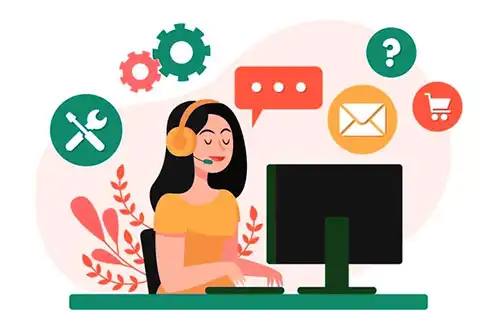
For MBBS graduates cherishing dreams of practising medicine in the US, securing a residency position can feel daunting. This comprehensive guide serves as your roadmap, navigating the step-by-step process, essential requirements, and valuable tips to increase your chances of success.
Part 1-Early Preparation (1st-3rd year MBBS):
-
Solidify Foundations: Prioritize excelling in pre-clinical and para-clinical subjects, especially during 3rd year. This knowledge forms the basis for USMLE Step 1 and ensures a solid conceptual understanding. Consider shadowing or volunteering in clinical settings for early exposure.
-
Craft a Compelling CV: Start building your CV from year 1, documenting academic achievements, extracurricular activities, research experiences, and leadership roles. Tailor it to your desired speciality, highlighting relevant experiences and skills. Seek feedback from MOKSH Academy Mentors or Experts on CV-building sessions.
-
Explore the US Medical System (Optional): Participating in electives or clerkships in US healthcare settings provides invaluable firsthand experience, builds connections, and demonstrates your commitment to practising in the US.
Part 2-USMLE and OET Examinations:
- USMLE Step 1: Aim to take this exam, preferably in the 3rd year of MBBS, to capitalize on your recent pre-clinical knowledge. Utilize reliable resources and practice materials for diligent preparation.
- USMLE Step 2 CK: This exam emphasizes clinical reasoning and patient management skills. Take it after completing clinical rotations for maximum context.
- OET: This English language proficiency test is mandatory for IMG visas. Achieve an excellent score to meet eligibility requirements.

Application and Matching Process:
- ECFMG Certification: Register with the Educational Commission for Foreign Medical Graduates (ECFMG) and complete their certification process. This verifies your credentials and authorizes participation in the Match. Submit USMLE and OET scores.
- ERAS Application: Start working on your Electronic Residency Application Service (ERAS) application in September of the year before Match. Select programs aligned with your interests, research, and career goals. Prepare strong personal statements, secure strong Letters of Recommendation (LORs), and tailor materials to each program.
- Interviews (October-November): Interviewing is crucial. Practice, research programs thoroughly, and present yourself professionally and enthusiastically. Highlight strengths, demonstrate genuine interest, and ask thoughtful questions.
- NRMP Registration and Ranking (February): Register with the National Resident Matching Program (NRMP) in February. Rank your program choices in order of preference, considering location, program characteristics, and personal fit.
- Match Day (March): Match Day results are released on the third Friday of March. Celebrate your well-deserved success!
Connect With Us
Conclusion:
Matching into US residency requires dedication, strategic planning, and a commitment to excellence. By utilizing this guide and available resources and staying informed, you can navigate this process effectively and increase your chances of securing your dream residency position. Remember, your journey is unique; seek clarification when needed, believe in yourself, and best of luck in becoming a US physician!



